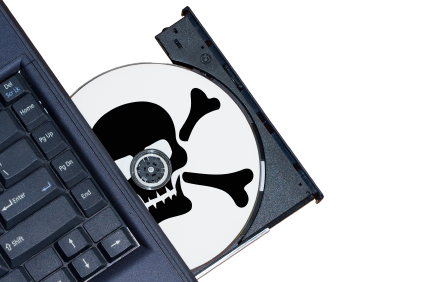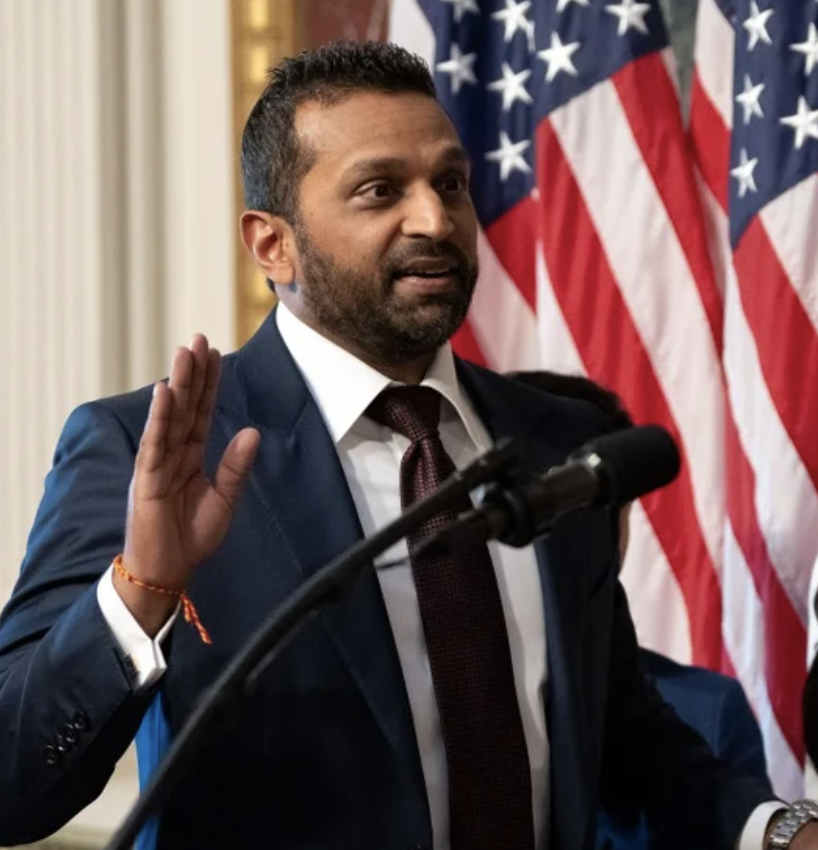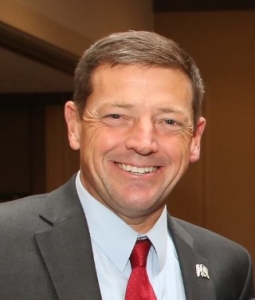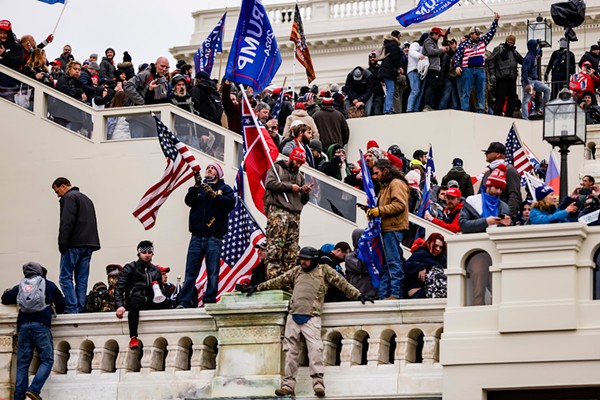 By Ross Parker
ticklethewire.com
By Ross Parker
ticklethewire.com
Counterfeiting brings to the public mind a rare fake $20 bill, knockoff handbags (spelled “Gucchi”), and a bootleg Tom Cruise DVD. The typical consumer attitude about product counterfeiting ranges from tolerance to apathy, nothing threatening or particularly sinister.
But the reality today is more sobering. Not only does counterfeiting and product fraud mean global big bucks, but it directly affects all of our everyday lives in areas we do care about—food safety, organized crime, pharmaceutical drug fraud, whole industries at risk, and health and safety in the Third World.
Dr. Jeremy Wilson, the Director of Anti-Counterfeiting and Product Protection Program (hereafter A-CAPPP) at Michigan State University, estimates the annual global trade in counterfeit goods to exceed $600 billion, about 5-7% of world trade. The FBI figure is roughly the same. Not only does the practice wreak havoc on the economies of industries and governments, it threatens the health and safety of individuals worldwide.
Take food, for example. A-CAPPP estimates that inferior products make their way to almost every American’s dinner plate. Examples are endless, from watered down milk, vodka laced with methanol, diluted olive oil, tomato sauce, candy bars, virtually every kind of food we eat.
The counterfeit product list goes on to other categories involving public safety. Shoddy auto parts, weakened medicine and pharmaceuticals, unsafe propane tanks, even a fake nuclear reactor component (in Michigan no less). Over half of the drugs used in Third World countries are counterfeit. Dr. Wilson estimates that counterfeit goods are responsible for hundreds of thousands of deaths and injuries around the world every year.
I would guess that despite the salutary efforts of several federal law enforcement agencies (FBI, FDA, DHS, ICE to name a few), out of the law enforcement dollar less than a penny is spent on counterfeiting and product safety investigations and prosecutions. In a world that wakes up each day to a new mass murder or terrorist plot, product safety rarely grabs a headline. And stretched-thin federal law enforcement budgets are focused on other crimes which the public considers more important.
Counterfeit currency is the exception. Since its inception in 1865, U.S. Secret Service has battled counterfeit money pretty effectively. Almost half of the currency in circulation back then in the U. S. was bogus. Today, the figure is less than .01%. Still that is over $60 million injected into the nation’s money supply. But aggressive law enforcement activity (99% conviction rate) and advancements in currency design have minimized the threat from largely dumb and dumber counterfeiters.
In the fields of intellectual and tangible products, however, the current success rate is increasingly a serious concern. In these areas it frequently seems that federal law enforcement has ceded over the whole subject to the industries whose bottom line is most affected by the particular fraud. Many of these corporations have developed excellent security divisions, often manned by retired federal agents.
The problem is that even the best of these industrial programs is usually focused on a single product line and is motivated almost entirely by activity which most affects the profit of the corporation. Nothing wrong with that but, even when a program is successful, it is often so sub-specialized that it rarely crosses over to other industries or even to other companies in the same field, or to the protection of other unrelated products for the public at large.
The result has been a lack of investigative coordination, preventative expertise, and government imprimatur. As well as a dim public awareness of the scope of the problem that law enforcement activity can sometimes better influence.
Into this vacuum of both ideas and activity stepped Michigan State University with their creation of A-CAPPP in 2009. The multi-faceted program offers an interdisciplinary, evidence-based approach to provide research, educational training, and partnership opportunities for corporations, academics, governments, and law enforcement to pool their talents and experience to take on this global threat.
This graduate level program has a busy schedule of research projects, training for businesses and law enforcement, and scholarly publications. It is sponsored by companies like GM and Hewlett-Packard, government agencies like DHS, Defense Department and FDA, and other MSU academic departments like Criminal Justice, Social Science and the International Business Center. Check out their excellent web site at http//www.a-cappp@msu.edu.
Full Disclosure—My family bleeds green and white and I have ten years of cancelled tuition checks to prove it.
The stress between protecting the intellectual and tangible property rights of developed countries and the economic, nutritional, and health needs of developing countries has never been higher. Incentives for research and development, not to mention return on capital investment, require protection. But in Third World countries people are dying because medicine is too expensive and unavailable. And they are starving because modern agricultural methods and high-yielding and pest-resistant seeds are not available to them from companies whose products are protected by patents.
Then, too, the U. S. patent and trademark system is sorely in need of an overhaul. Most economists have concluded that in this the most innovative country in the world we have an antiquated patent system not geared for the 21st Century. The U. S. Patent and Trademark Office is overwhelmed and underfunded, and a million pending applications lie in wait for examination. Plus the legal framework is more suited to an earlier age prior to the technological revolution.
Then there are the patent trollers with the help of my brother and sister attorneys who search for and submit ambiguous patents which permit them to file frivolous lawsuits. Litigation which is so expensive that righteous defendants unfairly feel forced to settle and pay as a cost of doing business.
The whole trade relations area is immensely complex. Not only is there the developed/developing nations divide, but what can and should the U. S. do about China, the capital of counterfeiting?
The Asian Busines Council estimates that as much as 8% of China’s GDP comes from counterfeit products. These range widely from pirated business software to fake copies of music and movies. Some of these imports are so pervasive that they threaten entire industries in the United States.
But the economic stakes of our relationship with China as a trading partner (not to mention as a creditor) complicate how tough our legal and diplomatic stance should be.
Yikes! These are some complicated and convoluted issues that demand innovative ideas and effective activity. I, for one, am glad that some policy wonks like those MSU professors are on the case. Hats off to this Spartan initiative.
But it is clear that an expanded and better funded federal law enforcement role is also essential to navigate this morass of issues and conflicts. Collaboration between academics, business, government, and law enforcement is essential to survive these complex and threatening forces.
Counterfeiting isn’t just about knockoff Gucci bags. It involves public safety and welfare all over the globe.




